
History is crowded with generals and famous names. So, it’s easy to forget the hoofbeats behind the headlines. But some horses ended up right in the middle of America’s biggest chapters. Each one had a moment that carved out their place in time. These ten didn’t just belong to riders; they belonged to stories still being told today.
Seabiscuit
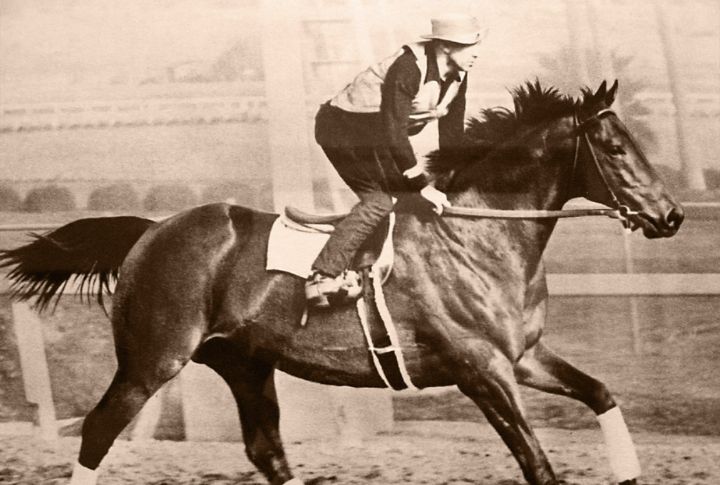
Seabiscuit, a small and unlikely racehorse, rose to fame during the Great Depression. His 1938 win against Triple Crown champion War Admiral captivated the nation. For many Americans facing hardship, his comeback story offered emotional relief and symbolized the possibility of success despite overwhelming odds.
Man O’ War

Man o’ War skipped the Kentucky Derby but still became a legend, winning 20 of 21 races between 1919 and 1920. He triumphed in the Preakness and Belmont Stakes, often by huge margins. His unmatched power and competitive spirit even earned him the nickname “Big Red” and racing immortality.
Secretariat
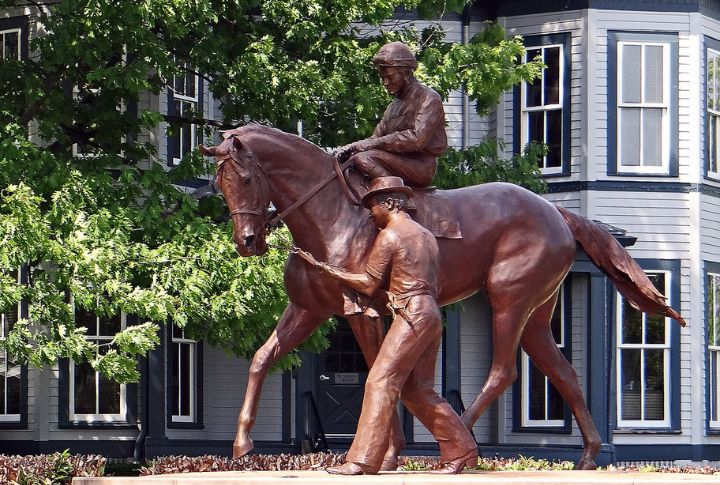
Secretariat’s 1973 Triple Crown run shattered expectations—he set records in the Kentucky Derby, Preakness, and Belmont Stakes. The Belmont alone ended in a jaw-dropping 31-length lead. After his death, veterinarians discovered an unusually large heart, a likely key to the endurance and power that cemented his place in racing history.
Black Jack
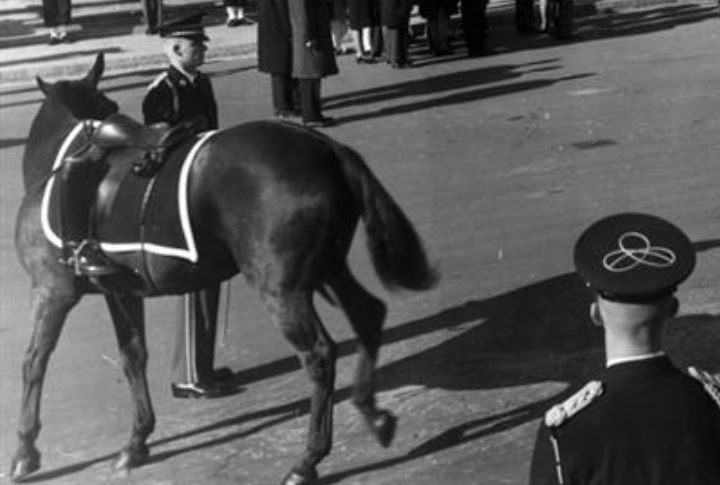
Black Jack was not a racer but was a riderless horse who marched in over 1,000 military funerals, including President Kennedy’s. By pawing the ground and shaking his head throughout the procession, he turned what could’ve been a quiet symbol into a vivid expression of shared grief.
Comanche
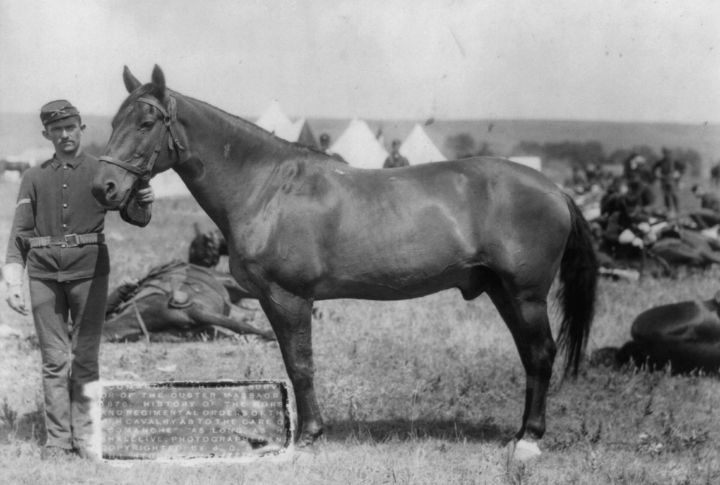
Comanche, Captain Keogh’s horse, was discovered alive after the 1876 Little Bighorn massacre. He survived multiple wounds and became a cherished U.S. Army mascot. Officially retired from duty, Comanche stood as a symbol of loyalty, resilience, and one of history’s most haunting battlefield survivors.
Traveller
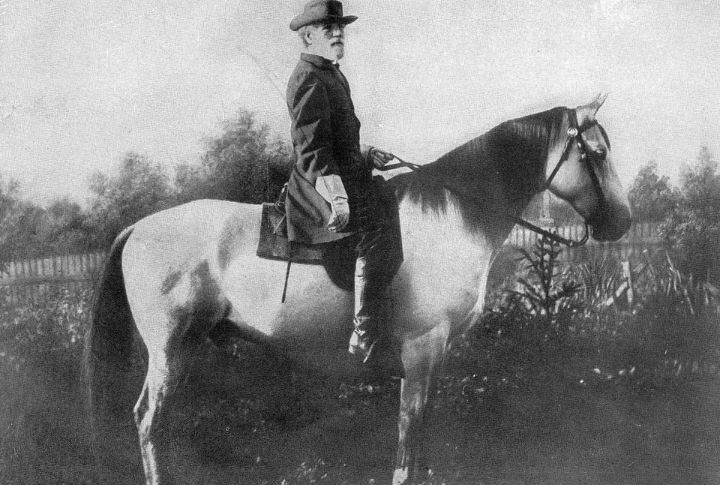
Traveller wasn’t just fast; he was fearless. This gray horse carried General Robert E. Lee across Civil War battlefields, steady even under fire. After Lee’s death, he became a campus legend and was so loved that admirers took pieces from his tail as souvenirs.
Beautiful Jim Key

Trained by former slave and self-taught veterinarian Dr. William Key, Beautiful Jim Key impressed crowds with his ability to “spell” and “count” using boards marked with letters and numbers. He responded to subtle cues, not force. In fact, his shows promoted kindness to animals and were endorsed by early humane societies.
Cincinnati
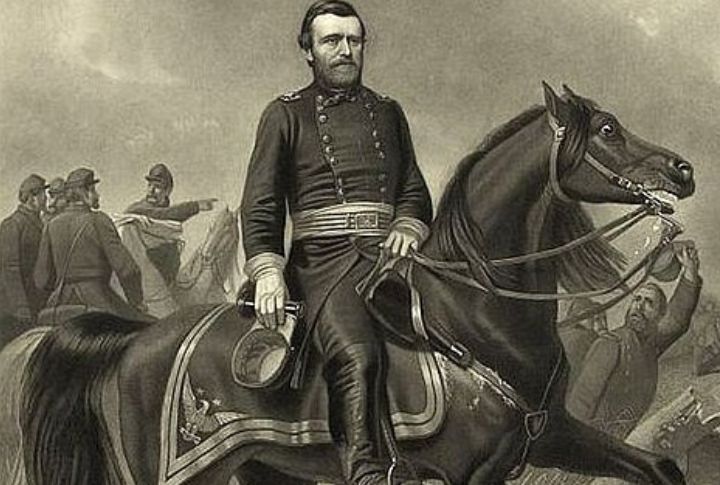
Cincinnati was Ulysses S. Grant’s favorite horse, which stood nearly 17 hands tall and was a gift from a Union general. He was so trusted that only Grant and a few others ever rode him, including Lincoln. Cincinnati even accompanied the president in visiting wounded soldiers during the Civil War.
Reckless

A Marine Corps warhorse, Sergeant Reckless carried heavy supplies across Korea’s rugged terrain, often solo. In one battle, she made 51 trips under fire. Her bravery earned her two Purple Hearts and a Staff Sergeant rank, ultimately securing her a lasting place in Marine history and memory.
Trigger
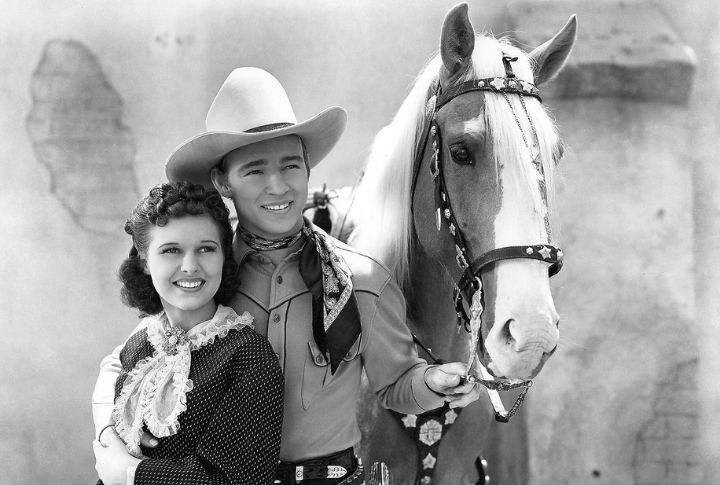
Roy Rogers’ golden palomino wasn’t just a sidekick—Trigger was a star in his own right. Trained to respond to subtle cues, he could rear, bow, and even “count” by tapping his hoof a set number of times. Appearing in over 80 films, he earned his title as Hollywood’s smartest horse.

